PROJECT
Vacheron Constantin stands for an uninterrupted history of 260 years devoted to watchmaking excellence. Above all, it provides a unique testimony about our society: since 1755, more than 350 linear meters of documents retrace the aspirations of each era, the emergence of new knowledge, the birth of trade across continents. These archives also preserve the memory of each timepiece, century after century, and thus constitute a world heritage of immeasurable value. The challenge is to turn these fragile pages into an accessible and dynamic information system. The Digital Humanities Lab investigates digitization principles able to recognise ancient handwriting, connect its content and place this in context to provide a comprehensive historical view – a considerable research effort given the diversity of written records and information. However, the Chronogram project goes one step beyond by transforming this content into a unique experience: a universe through which we can travel to sense the richness of our past.
We raised this challenge by revisiting the use of virtual reality. On the one hand, it creates a new virtual universe to showcase historical documents and, on the other, it reinterprets 3D glasses. The objective is to offer an interaction that enhances the content, meaning and emotion emerging from our history.
This virtual universe requires a novel design to meet complex challenges: it must evolve along with the gradual digitization of archives and provision of additional references such as historical artefacts. It gradually highlights the links and information revealed by the collaboration between the Heritage Department of Vacheron Constantin and the Digital Humanities Laboratory. It requires the creation of an unprecedented visual language and narrative principles to enhance the content, without the stressful effects typical of digital games. To reduce the distrust potentially felt by users who may often be removed from the specific gaming culture, the Laboratory has brought together several designers to explore the devices themselves, in cooperation with seasoned craftsmen. Thus, the glasses are adorned with leather to acquire a nobler status, offer protection through a form inspired by fencing masks, and relieve the user of any fastenings with a device reminiscent of tourist binoculars.
The Chronogram project was on display at the Vacheron Constantin boutique in Geneva during the SIHH watch fair, from 16 to 20 January. The exhibition included the scientific approach for ancient text recognition as well as interactive devices. Chronogram is part of a larger research programme to explore how to revive the increasing volumes of digitised heritage, thus offering future generations a new relationship to our past.
PICTURES
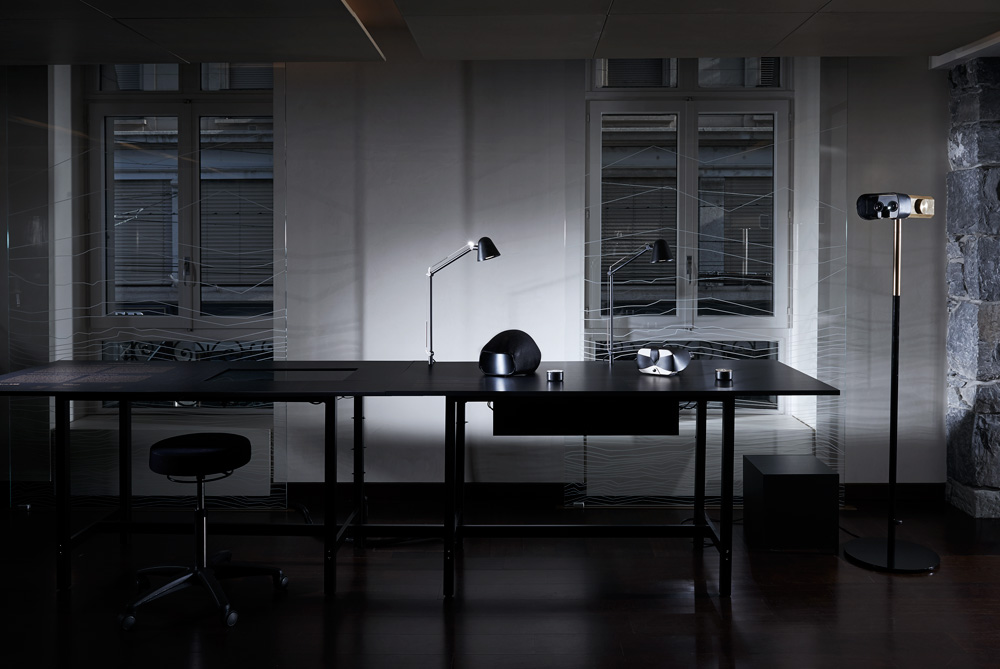
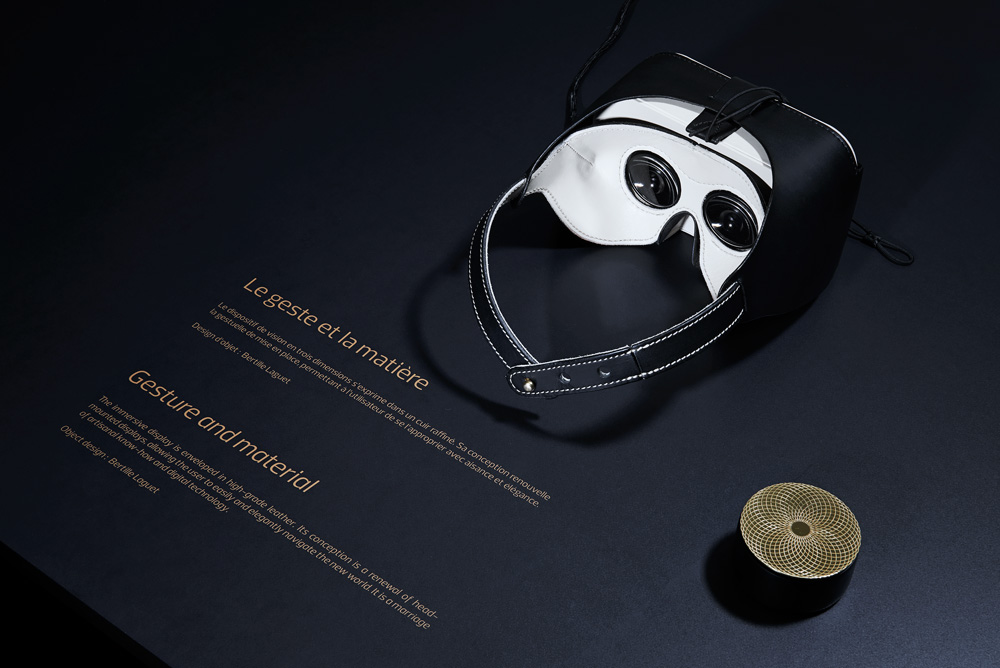
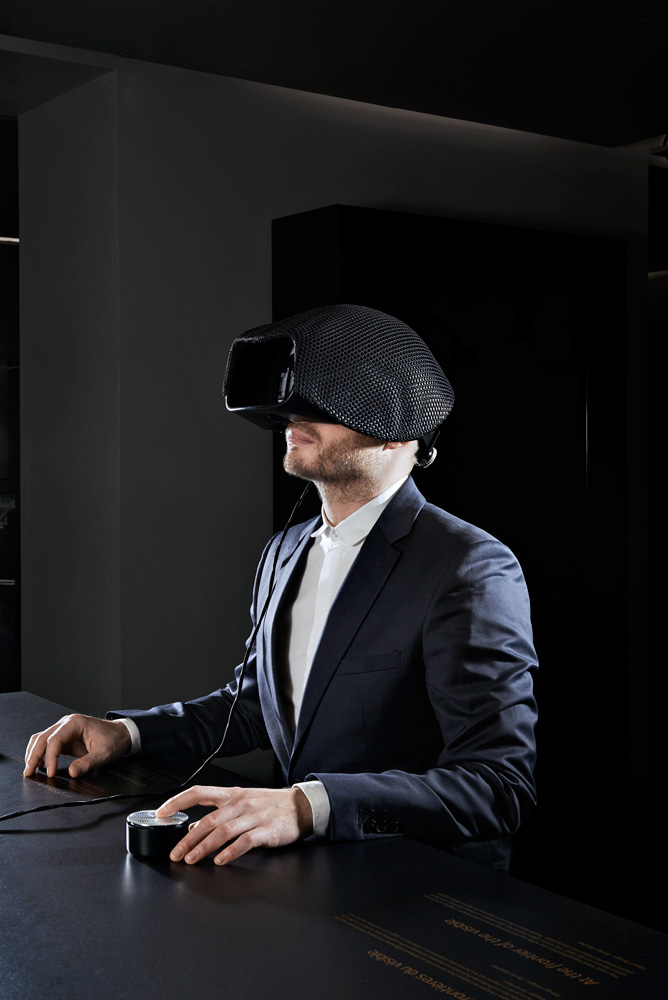
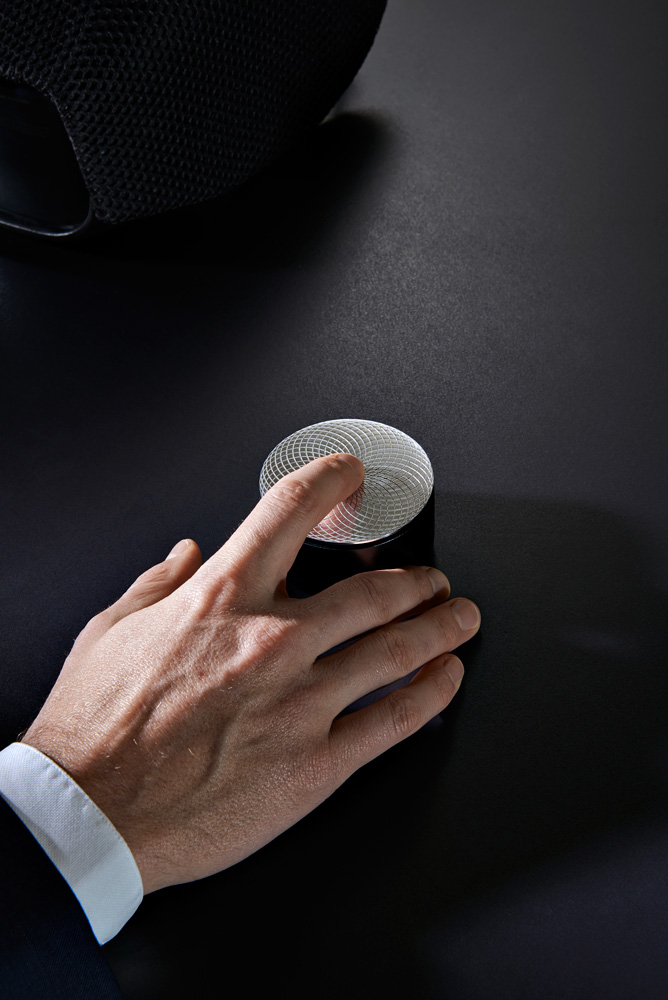
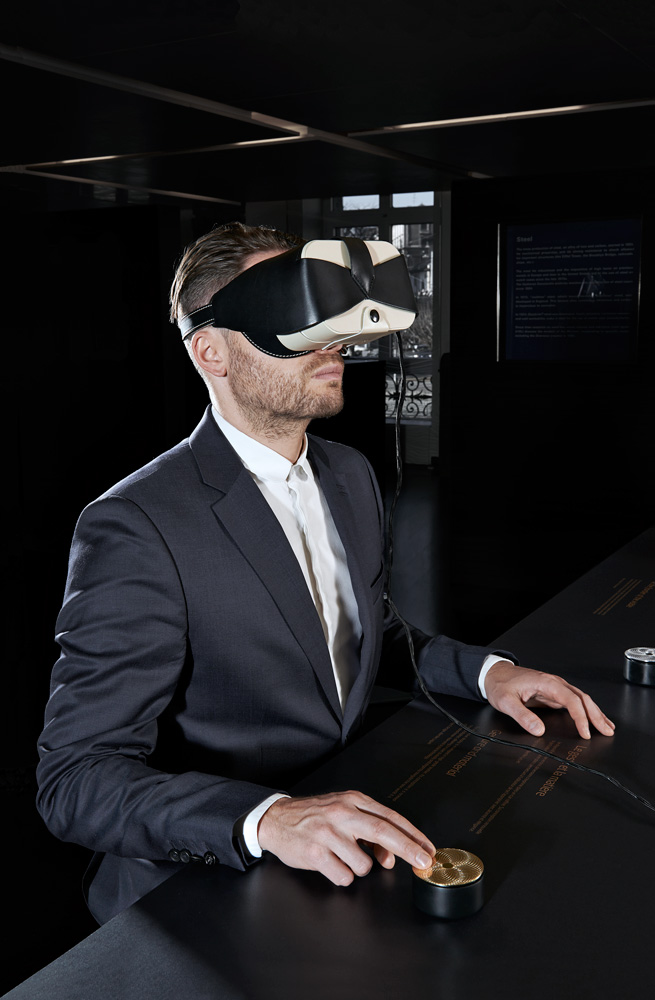
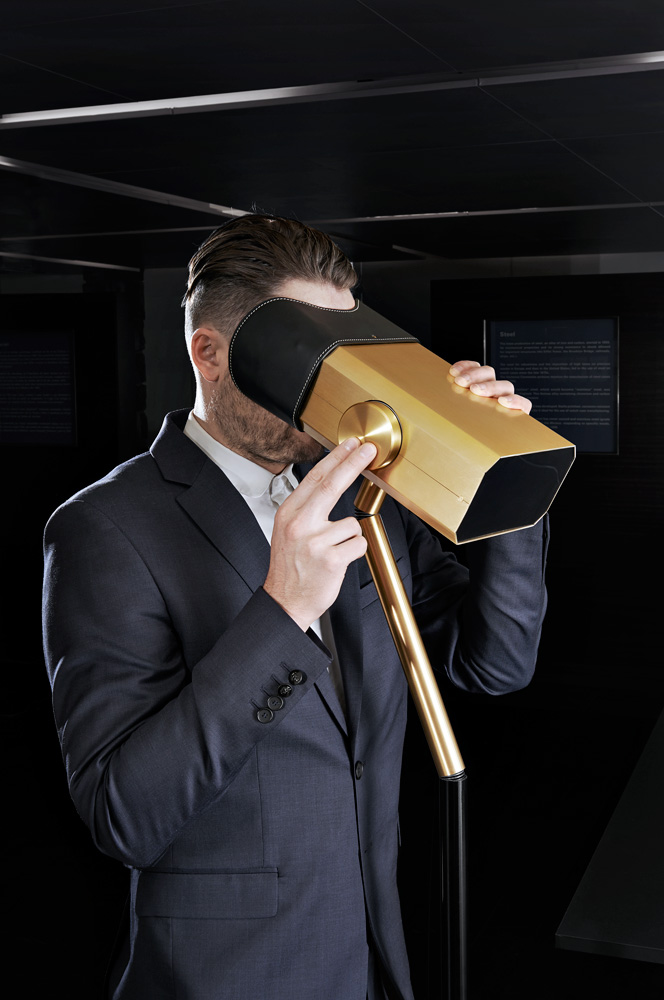
CREDITS
Direction
Nicolas Henchoz
Lead Designer & Project Management
Marius Aeberli
Assistant Designer
Yuki Machida
Lead Engineer
David Roulin
Engineers
Guillaume Bonnier
Delphine Ribes
Cédric Duchêne
Lead Product designer & Scenography
Nicolas Le Moigne
Product Designers
Bertille Laguet
Dimitri Bähler
Photographies
Daniela & Tonatiuh
UX/UI specialist
Dr Andreas Sonderegger
Ocyna Rudmann
Archives digitalization
DHLAB


